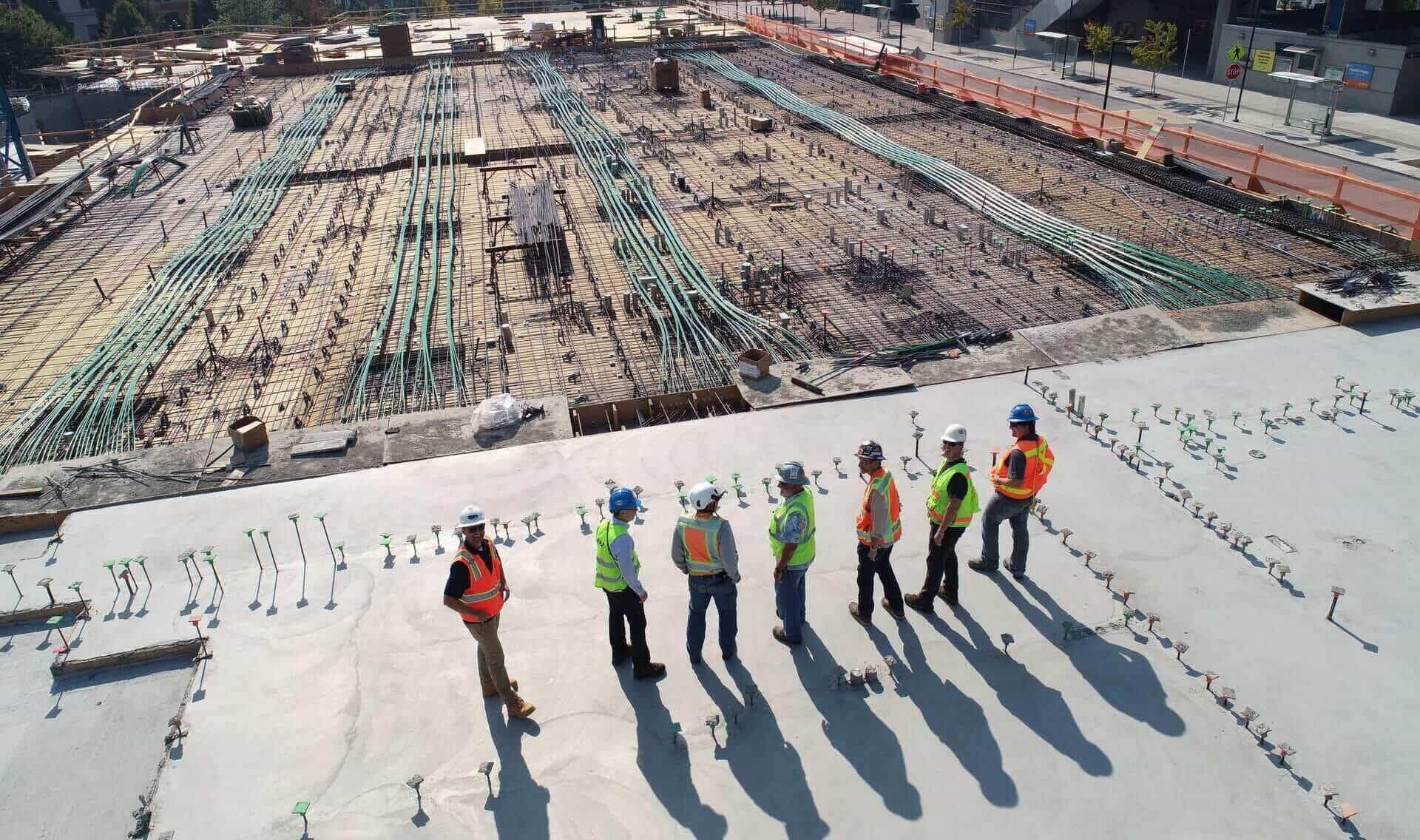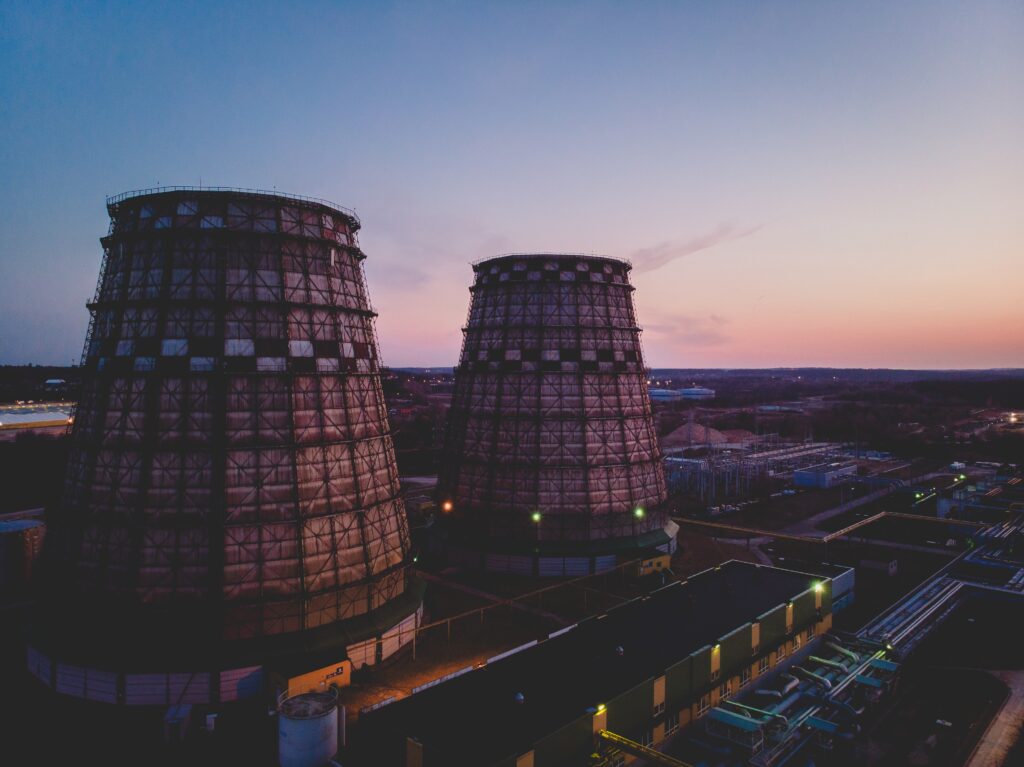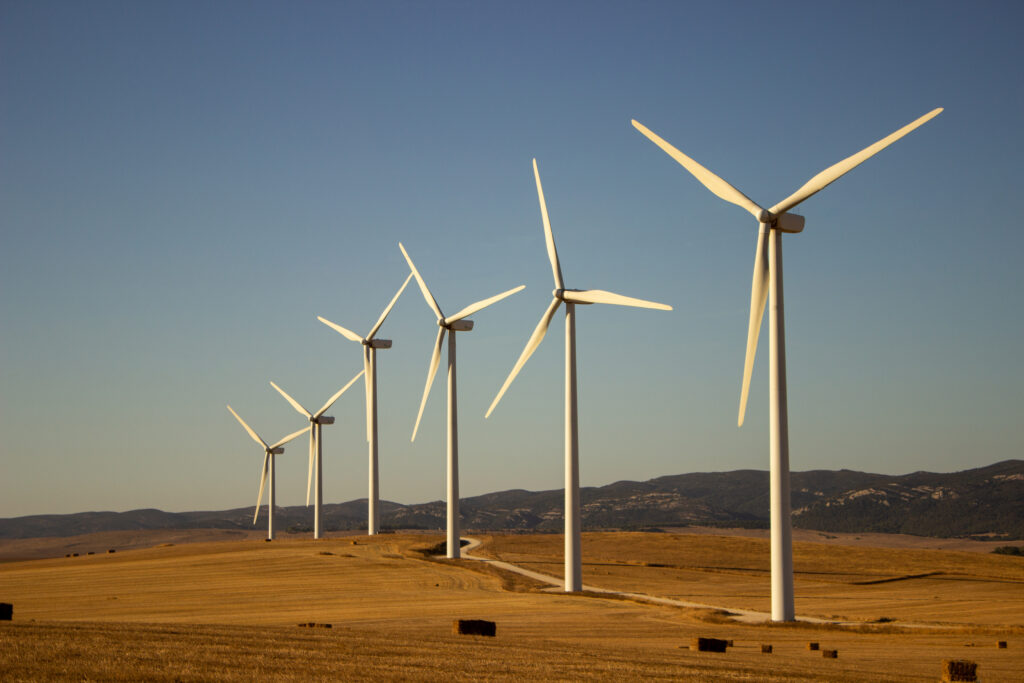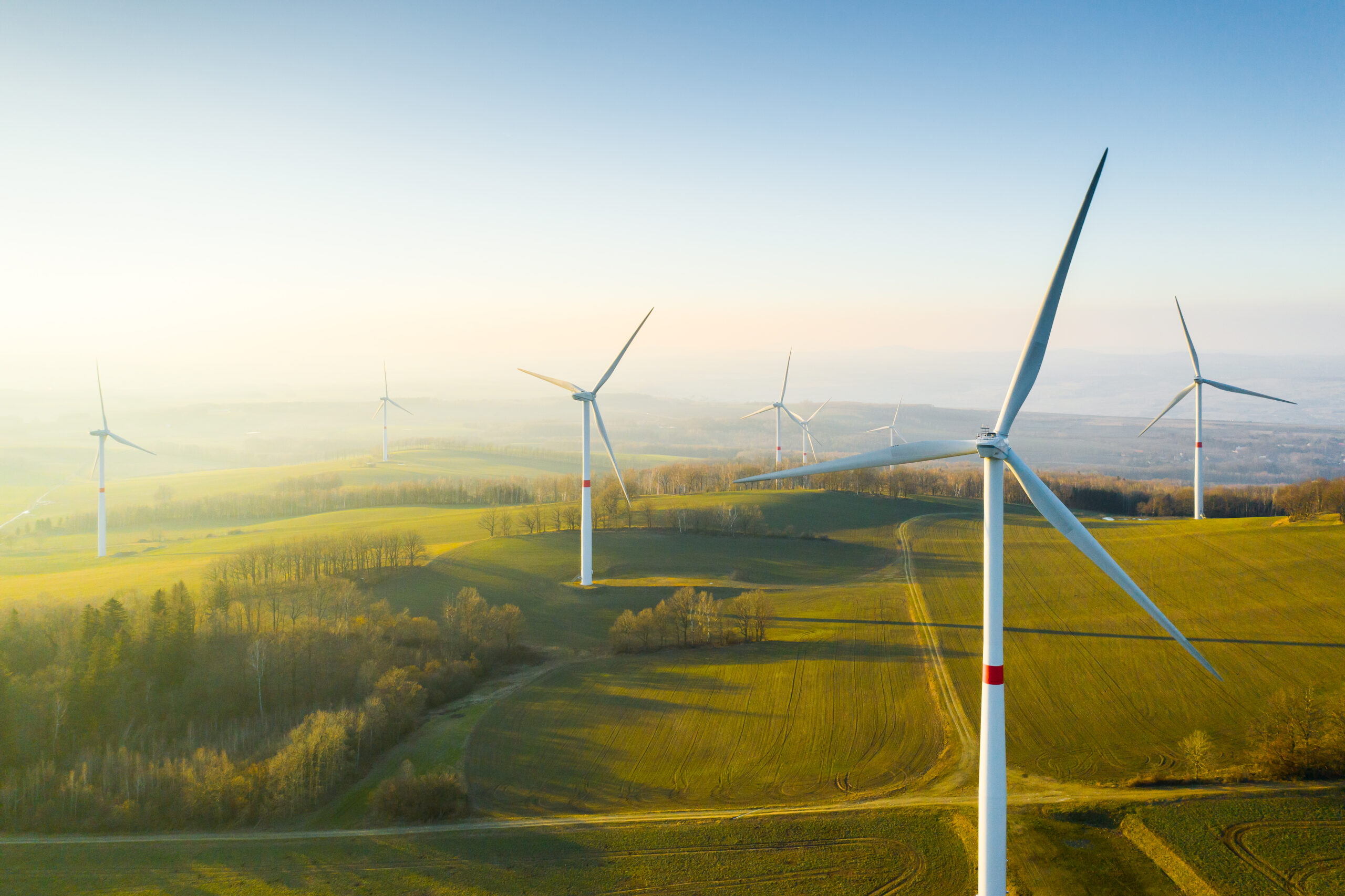product management
Agile product management in the energy industry.
rensys GmbH offers its customers professional and holistic support in product management along the entire value chain of the energy industry. Today, our focus is mainly on renewable energy for customers from industry and the energy sector as well as related stakeholders.




business model canvas.
starting point
A product idea alone does not make a successful company. To build sustainable independence, companies always need a business model that fits the concept.
Solution Concept
The main reason for using the Business Model Canvas is to be able to visualize the essential elements of a successful business model at a glance. By focusing on nine areas, innovative and complex projects quickly become practical.

Benefits for the customers
You can make the best product globally, but if it doesn’t meet your customers’ expectations, it won’t sell. It is based firstly on developing a Minimum Viable Product (MVP), a product that meets the minimum requirements, and secondly on iterative product development based on customer feedback.
value propostion canvas.
starting point
Recent companies do not think about the market when developing their products or services and do not win enough customers. How do you prevent this at the start?
Solution Concept
The Value Proposition Canvas is a tool for aligning one’s own product and service offering with the target group’s needs.
Benefits for the customers
Canvas can determine if a product has a good product-market fit and is therefore “marketable.” The benefits of your offering vary by customer “win” and “problem solver.” They match the wants and needs of the target audience.

